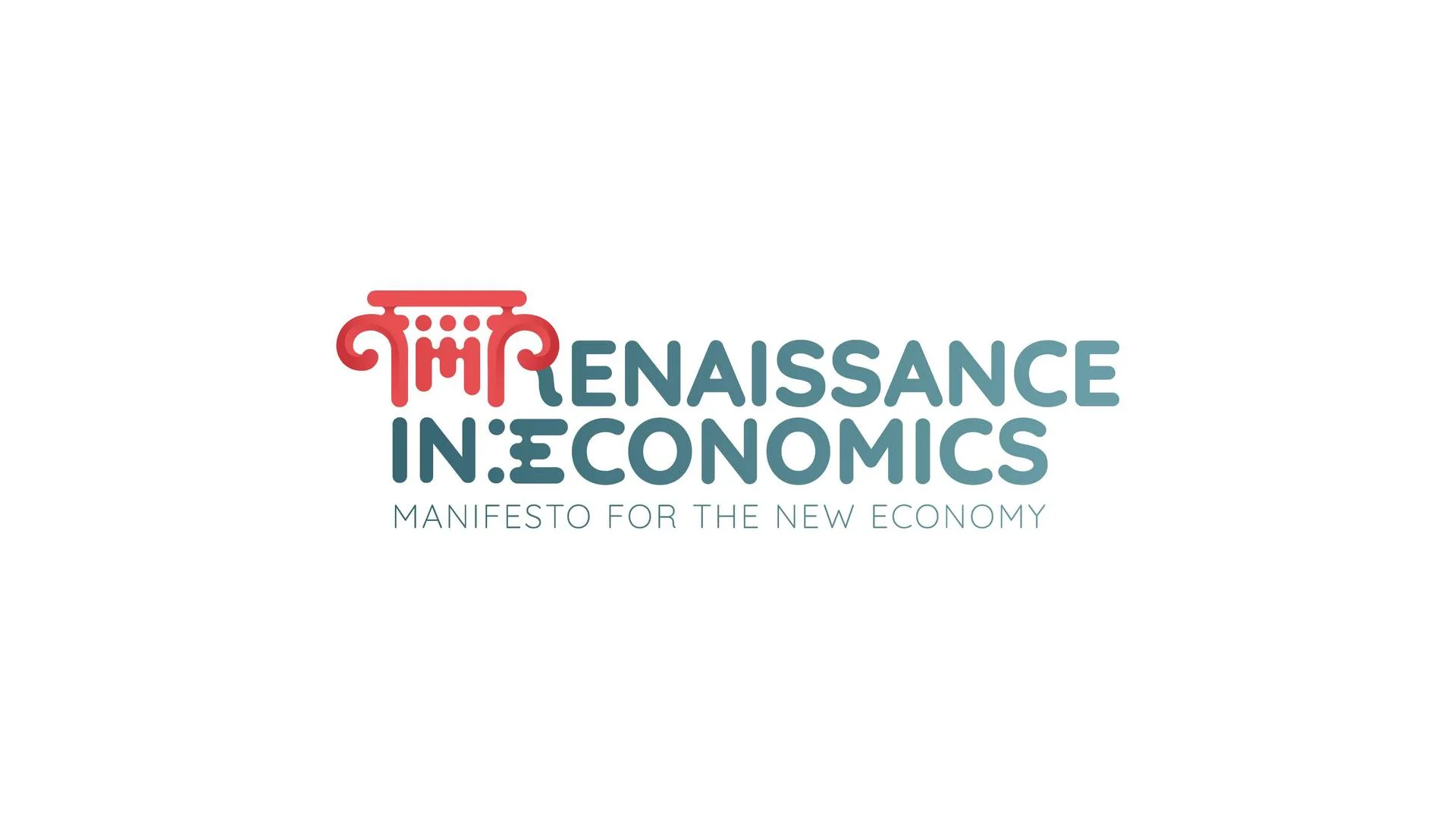Economics Terms A-Z
Characteristics of Money
Read a summary or generate practice questions using the INOMICS AI tool
Money is both a key concept in economics and something that we use every day. We earn money by performing our jobs, and we use money to buy goods and services and to save for the future. In the modern world, it’s quite difficult to survive without using money.
Money can take several different forms, both digital and physical. People can decide that any object is a form of money; societies in the past have used stones, seashells, and other objects for this purpose, though nowadays it’s most often paper, metal, or a combination of both. Digital money is becoming increasingly common, too. It’s tracked and stored in computers, accessible via plastic cards or smartphones, and is increasingly becoming preferred over physical money.
It’s useful to understand what makes certain choices of money – seashells, for example – better or worse than other options. There are six characteristics that economists have identified that help make a certain material better or worse for use as money.
Durability
First, money should be durable. It should be easy to preserve and relatively difficult to destroy, or else having money for an extended period of time would be difficult.
For this reason, items like ice cream or glass tokens would make for very poor forms of money, because they’re highly likely to be lost or ruined in a relatively short amount of time. Conversely, items like paper, stone, or digital currencies are much more durable and can be safely stored for long periods of time.
Portability
The primary use of money is to exchange it for goods and services. Therefore, it’s important that money can actually be carried around! Portability is thus important; items like paper and plastic cards are highly portable and make good forms of money. Meanwhile, items like stones or livestock make poor forms of money, since they’re very hard to transport (even though they may be durable or valuable in other ways).
Uniformity
Money ought to be uniform, that is, units of money (that are the same value) should be the same so that their value is not brought into question. To see this, picture a scenario where it’s agreed that stones are money. It would be hard to determine how much each rock was worth, since they vary greatly in size, shape, and composition. Conversely, paper bills and metal coins of the same value are the same size and shape, so there is no argument about their relative worth.
Divisibility
It’s helpful to be able to break money down into smaller components to make change. This allows agents in the economy to exchange goods and services for very precise amounts, and reduces transaction costs.
Paper and coin money do this well – it’s easy to pay for something that costs exactly $3.47 with these types of money. But if something like stones or seashells were money, it would be very hard to determine where $3.47 worth of a stone was, and even harder to split the rock in just the right way to actually hand the other person $3.47 worth of the stone.
Acceptability
Money should be widely acceptable so that all economic agents are able to make use of it. This characteristic blends into some of the others, but is worth mentioning on its own.
Again, paper and coin money do this quite well. But if peanuts were considered legal tender, some people would be unable to hold onto it or accept it due to their allergic reaction. Similarly, objects that are cumbersome may not be widely acceptable enough to become currency. If camels or shards of broken glass were money, many people may reject them and attempt to find easier forms of money to carry around.
Supply-limited
It’s important that money has a limited supply in order for it to function properly. If money was infinitely available – say, if blades of grass were considered money – then one unit of money would represent a tiny amount of work, and it would be very difficult to use money to pay workers a fair wage. Consequently, people would have to carry around massive quantities of the stuff in order to conduct even simple transactions – making even blades of grass essentially un-portable. Further, having a limited supply means that people can’t simply grant themselves an unfair bounty of money when they feel like it.
The central bank (such as the Federal Reserve in the USA) often manages the money supply to ensure these problems are kept at bay. See the related article Money and the Money Supply for more.
Further Reading
The reason we use money is simple: it makes conducting transactions in the economy far more convenient, and it can allow us to save. This is aided by three core qualities of money, which directly follow from the six characteristics above.
First, money is a convenient store of value. Because it is durable and portable, it’s easy to save. Second, money is a unit of account. Because it is uniform and divisible, it’s easy to tell exactly how much money is in a given amount, and how much exactly a certain item will cost. Finally, all six characteristics mean that money is an effective medium of exchange: it’s easy for people to carry around money and use it for transactions.
These three qualities of money, and details on how the money supply works, are discussed further in the article Money and the Money Supply.
-
- Konferenz
- Posted 1 week ago
45th RSEP International Multidisciplinary Conference
Between 4 Feb and 5 Feb in Lisbon, Portugal
-
- Workshop, Conference
- Posted 6 days ago
Call for Papers: 3° International Conference Renaissance in Economics 2026
Between 14 May and 15 May in Rome, Italien
-
- Konferenz
- Posted 1 week ago
1st Piraeus International Economic Conference (PIEC)
Between 28 Jun and 30 Jun in Spétses, Griechenland















